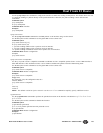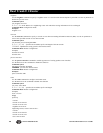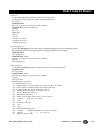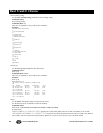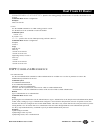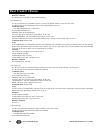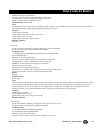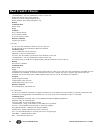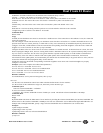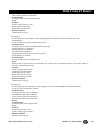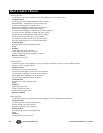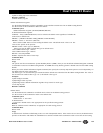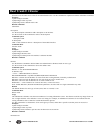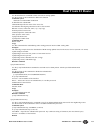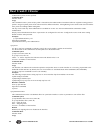
Dual Trunk E1 Router
Dual Trunk E1 Router User’s Guide TECHNICAL: 0118 96 56 000 165
INTERVAL=dead-interval|hello-interval|retransmit-interval|transmit-delay VALUE
VALUE = <1-65535> The number of seconds in the delay or interval.
hello-interval= The interval the router waits before it sends a hello packet. The default is ten seconds.
retransmit-interval= The interval the router waits before it retransmits a packet. The default is five
seconds.
transmit-delay= The interval the router waits before it transmits a packet.The default value is one
second.
dead-interval= The interval during which no packets are received and after which the router considers
a neighboring router as off-line. The default is 40 seconds.
Command Mode
Router mode.
Usage
In OSPF, all non-backbone areas must be connected to a backbone area. If the connection to the backbone is lost, the virtual link
repairs the connection.
You can configure virtual links between any two backbone routers that have an interface to a common non-backbone area. The
protocol treats these two routers joined by a virtual link as if they were connected by an unnumbered point-to-point network.To
configure virtual link, include both the transit area ID and the corresponding virtual link neighbor's router ID in the virtual link
neighbor. To see the router ID use the show ip ospf command.
Configure the Hello-interval to be the same for all routers attached to a common network. If the hello-interval is short, the router
detects topological changes faster, but more routing traffic follows. Retransmit-interval is the expected round-trip delay between
any two routers in a network. Set the value to be greater than the expected round-trip delay to avoid needless retransmissions.
Transmit-delay is the time taken to transmit a link state update packet on the interface.Before transmission, the link state
advertisements in the update packet, are incremented by this amount. Set the transmit-delay to be greater than zero. Also, take into
account the transmission and propagation delays for the interface.
Include the transit area ID and the corresponding virtual link neighbor's router ID in each virtual link neighbor to properly
configure a virtual link.
Examples (note some examples show abbreviated parameters)
area 123.123.123.1 virtual-link 123.123.123.2
area 123.123.123.1 virtual-link 123.123.123.2 authentication
area 1 virtual-link 123.123.123.2 authentication null
area 1 virtual-link 1.1.1.1 hel 1 ret 2 tran 3 dead 4
Related Commands
area authentication, service password-encryption, show ip ospf
auto-cost
Use the auto-cost command to control how OSPF calculates default metrics for the interface.
Use the no form of this command to assign cost, based only on the interface type.
Command Syntax
auto-cost reference-bandwidth <1-4294967>
no auto-cost reference-bandwidth
<1-4294967> The reference bandwidth in terms of Mbits per second. The default reference bandwidth is 100 Mbps.
Command Mode
Router mode
Usage
By default OSPF calculates the OSPF metric for an interface by dividing the reference bandwidth by the interface bandwidth. The
default value for the reference bandwidth is 100Mbps. The auto-cost command is used to differentiate high bandwidth links. For
multiple links with high bandwidth, specify a larger reference bandwidth value to differentiate cost on those links.
Examples
ospfd# configure terminal
ospfd(config)# router ospf 100
ospfd(config-router)# auto-cost reference-bandwidth 50
Related Commands
ip ospf cost



